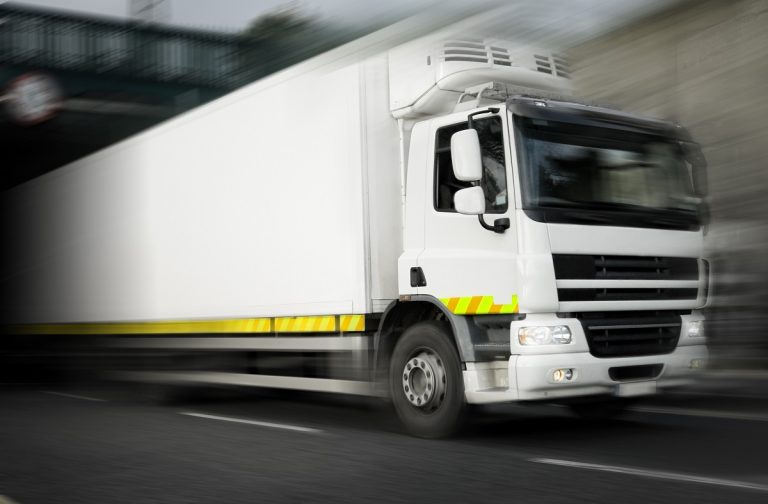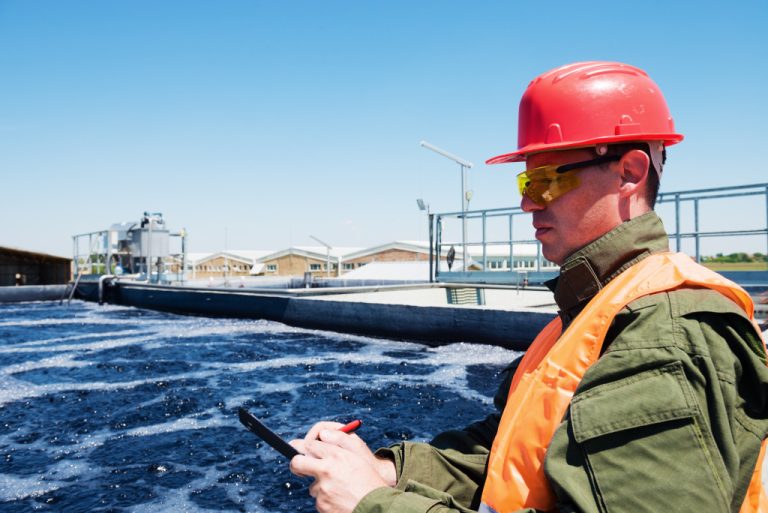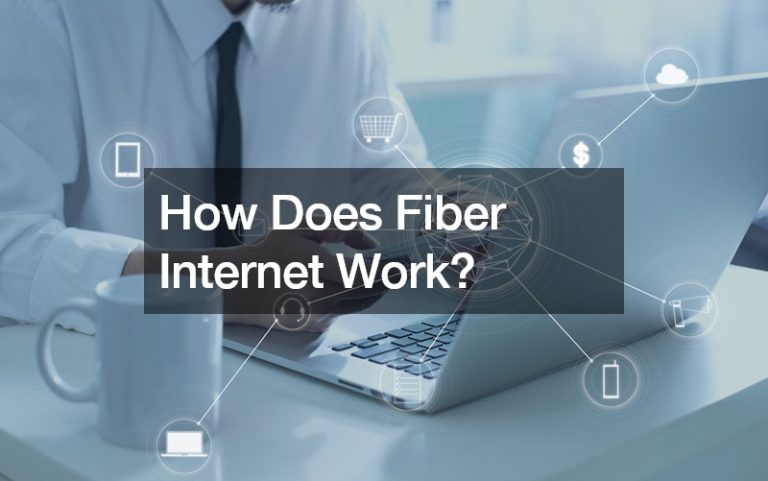Although things are looking up because of the COVID-19 vaccines, one cannot deny the very real impact of the coronavirus pandemic on the lives of people, including the way they used to enjoy food. There has never been a scarier prospect than the thought that the virus can pass through food. Not only is the entire population reliant on the global food supply, but can you imagine having to cook the full weeks and months we were in quarantine? No take-outs and deliveries?
Of course, that is nothing compared to losing loved ones to the dreaded virus, but food security was also a big concern during the start of the pandemic. Fortunately, research showed that it looked like the virus cannot be transmitted via food. Or, at least, the evidence is lacking to make a conclusive statement. There has been no report yet of people getting the virus from contaminated food.
But that’s not the problem, right? The issue is the transmission of the virus among food workers and the facilities where the food is processed, packaged, and sold. The transmission of the virus still largely remains from person to person, but the scary prospect of having your food prepared by a COVID-19-positive individual is not lost on many.
The Role of Technology
This is, perhaps, the only good thing about the pandemic happening in the 21st century. The technology the world has now can develop a vaccine in less than a year and ensure the security and safety of food. Why not? Workers in the food manufacturing businesses don’t have to physically handle the food. This wasn’t like the assembly line before.
Today, workers use a small-food-filling device to pack and repack a variety of food items. They use robot arms to handle the food. They also wear personal protective gear to make sure that there’ll be no transmission of the virus during the processing and packaging of the food products.
More than that, science also allowed a clearer understanding of how the SARS-CoV-2, the virus that causes COVID-19, is transmitted through aerosols. By testing the capacity of the aerosols to stay on surfaces, food processors, handlers, and distributors were quick to enforce safety precautions in the delivery of these products. They also knew early in the pandemic that they need to follow proper hand and respiratory hygiene practices, social distancing, and surface cleaning.
Getting Knowledge to People
There was a short time after the pandemic the World Health Organization (WHO) announced the pandemic last year when people were obviously scared of getting takeout food. Prepared food, they thought, will carry infectious viruses that can transfer from the food to people. Luckily, this did not stick. Health experts were quick to point out that it does not look like the virus can be transmitted through food. Otherwise, the food industry would have been in catastrophic form, and people will distrust the global food supply.
It is important, however, to get the word to people—that they are the carriers of the virus and will most likely transmit the virus to other people by speaking over a serving plate of lasagna. High-risk communal areas such as the office pantry, locker rooms, and break rooms, where food is being shared, should be of particular focus. People needed to learn that the virus will spread among them when they share food. It is not through the food that the virus spreads.
Putting Safety Measures in Place

What safety measures should restaurants and food manufacturers follow during the pandemic? While food handlers have always been careful about the processing and packaging of food, they needed to be extra careful because of the threat of the coronavirus. Not only do restaurant workers have to wear personal protective equipment (PPE) such as face masks and face shields, but they also have to learn how to disinfect and sanitize surfaces. More, they need to work while maintaining their distance.
That last one was particularly hard. Food workers operate in close counters. They bump into each other in the kitchen. They speak as they pack the food items. There were a lot of adjustments needed for the industry to survive the COVID-19, and the praises all go to food workers.
It wasn’t easy to convince people the virus was real. It wasn’t easy to convince them it’s still safe to buy processed and prepared food during the outbreak. But thanks largely to technology, food safety and security were never much of a problem in the past year. That alone is a ray of hope during the very bleak days of the pandemic.












